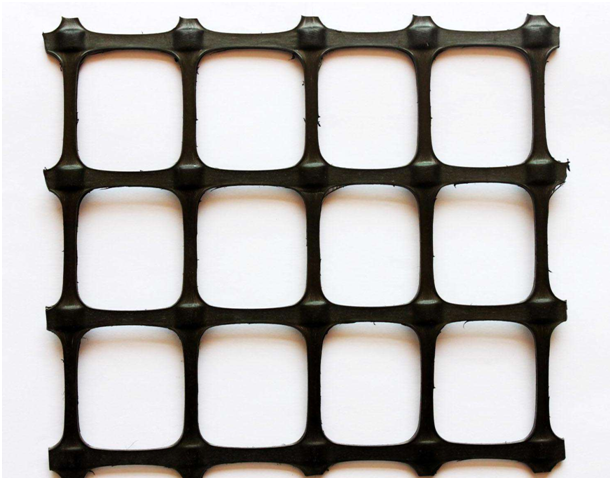Yesterday, the Shanghai Stock Exchange reporter confirmed from a person familiar with the Sino-European PV double-reverse case that the China-European PV price commitment negotiations have reached a preliminary agreement, and the price commitment bottom line will be 0.57 euros / watt, which means that China's photovoltaic products are likely to avoid 47.6% of high punitive tariffs.
Just a few days ago, the State Council introduced the “National Six Articles†to promote the development of the photovoltaic industry, opening the door for the development of the photovoltaic industry in the domestic market. According to industry authorities, the details of subsidies for photovoltaic power generation will also be released in the next two months. For the domestic PV companies, especially the first-tier manufacturers with a high proportion of exports to the EU, this is undoubtedly a double benefit.
The price commitment bottom line is 0.57 Euro / watt
According to the above-mentioned insiders, according to the agreement reached between China and the EU, the commitment price of PV modules exported from China to the EU is 0.57 Euro/W, and the term is two years. The Chinese side hopes to completely solve the problem of PV anti-dumping before the end of 2014.
Overseas authoritative media also reported yesterday that after six weeks of negotiations, representatives of the China-EU PV trade negotiations are close to agreeing on the lowest selling price and annual quota of Chinese solar products in the EU28. The recent tug-of-war between the two sides on price commitments started at 0.55 euros/watt. Compared with the early July, the EU and China negotiating delegations have made greater concessions.
According to news from the EU, even if the agreement between the two parties is not fully reached in August, Chinese producers may choose to temporarily withdraw their imports until the agreement is officially announced. At present, the negotiations between the two sides are moving closer to a friendly solution.
According to the plan announced by the EU before, if the two sides do not negotiate, the punitive tariff of an average of 47.6% on China's photovoltaic products will be imposed from August 6.
Photovoltaic companies said that although the 0.57 euro/watt price commitment bottom line is still unacceptable to some companies, it is clearly more acceptable than the average of 47.6% high punitive tariffs. Most companies do not want this negotiation to end in failure.
Exports are better than major PV companies
New energy industry analysts believe that if China and the EU reach an agreement this time, it will be a major positive for PV listed companies with large exports.
“Achieving price commitments means successful negotiations. The possibility of resuming high anti-dumping tax rates will be further reduced from August 6. The overall market is biased and the big companies are expected to benefit.†An analyst at Guojin Securities said yesterday that 0.57 euros The price of watts is close to the previous 0.55 euros/watt proposed by the Chinese side, while the initial requirement of the European side is 0.65 euros/watt. This price level is near the cost line of European component manufacturers, which is about 5%-10% higher than the price of Chinese-made components in the European market.
He believes that under this price, the competitiveness of Chinese components in the European market will be weakened to some extent, but it is expected that the decline in shipments from large manufacturers to Europe is limited, because small factories are difficult to ship and will give up part of the market share, and unit profits. Will be improved.
Earlier, at the time when the Sino-European PV trade dispute was most tense, the State Council issued the “Several Opinions on Promoting the Healthy Development of the Photovoltaic Industry†(hereinafter referred to as “Opinionsâ€), which clearly increased the 2015 PV installation target from 20GW to over 35GW. In addition, it has also put forward specific requirements in vigorously developing distributed photovoltaics, curbing the blind expansion of photovoltaic production capacity, strengthening the construction of supporting power grids, improving electricity prices and subsidy policies, and increasing fiscal and tax policy support.
Yesterday, an industry authority told reporters that the subsidy policy and electricity price settlement policy involved in the "Opinions" involve financial institutions, the State Grid [microblogging] and other institutional units. At present, relevant regulations such as subsidies are under intense development and are expected to be introduced before the end of September.
According to the China Electricity Council, the more than 40 photovoltaic power generation standards submitted by the Photovoltaic Power Generation and Industrialization Standards Promotion Group to the relevant competent authorities will be released to the relevant departments for review. Researchers in the new energy industry said that the construction of the standardization system and the testing and certification system will help regulate the healthy development of the domestic photovoltaic industry and accelerate the elimination of backward overcapacity, which is more conducive to the development of excellent enterprises in the industry.
PP Biaxial Geogrid is an integrally formed structure,which especially designed for soil stabilizatioin and reinforcement applications. BX Geogrid is manufactured from polypropylene, from the process of extruding, longitudinal stretching and transverse stretching.
Biaxial Plastic Geogrid features high tensile strength at both longitudinal(MD) and transverse(TD)directions. It makes soil reinforced with its excellent structure stability and strong mechanical interlock performance.
Applications
• Base reinforcement • Subgrade reinforcement
• Slope reinforcement • Embankment stabilization

Biaxial Geogrid
BX Geogrid,PP Biaxial Geogrid,Plastic Biaxial Geogrid,Polypropylene Biaxial Geogrid
Yangzhou Jiangdu Chenguang Special Equipment Factory , http://www.siliconebakingmats.com